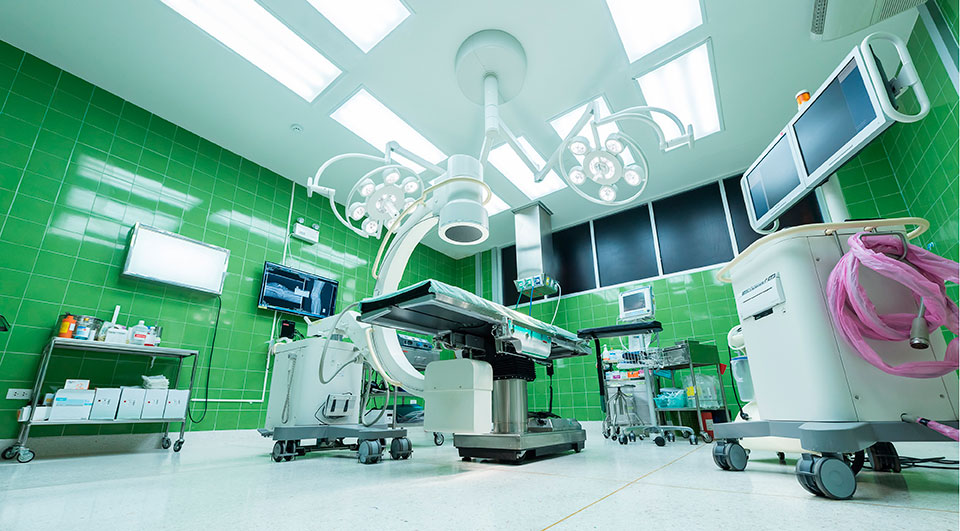The development of medical devices presents unique technical, regulatory, and economic challenges, requiring a multidisciplinary approach to ensure patient safety, reliability, and market competitiveness. Medical devices span a wide spectrum—from drug delivery systems to surgical robots—and must meet stringent functional, material, and regulatory requirements. A critical and often underestimated factor influencing their performance and manufacturability is mechanical variation, the inevitable deviation from nominal design that occurs during production.
To manage this, dimensional management—an engineering methodology integrating design, manufacturing, and quality control—helps optimize tolerance allocation, minimize production risks, and ensure regulatory compliance. It promotes the use of standardized technical language (ISO-GPS or ASME GD&T), predictive tolerance analysis (preferably in 3D with statistical models), and collaboration across the supply chain. This systematic approach enables robust design, cost control, and reliable product function.
A case study on Flex's drug delivery devices highlights how applying dimensional management and simulation tools such as Sigmetrix Cetol 6σ led to measurable improvements in product quality and cost efficiency. Supported by EnginSoft, Flex successfully identified critical tolerances, optimized inspection strategies, and enhanced cross-functional collaboration—showing that mechanical variation management is not only a regulatory necessity but also a driver of innovation and profitability in medical device development.
Read the article
CASE STUDY
Further reduction of the heat loss compared to the best design of the NSGA-II first phase design optimization: a further 4% gained
cfd biomechanics ansys modefrontier optimization

CASE STUDY
Further reduction of the heat loss compared to the best design of the NSGA-II first phase design optimization: a further 4% gained
cfd biomechanics ansys modefrontier optimization